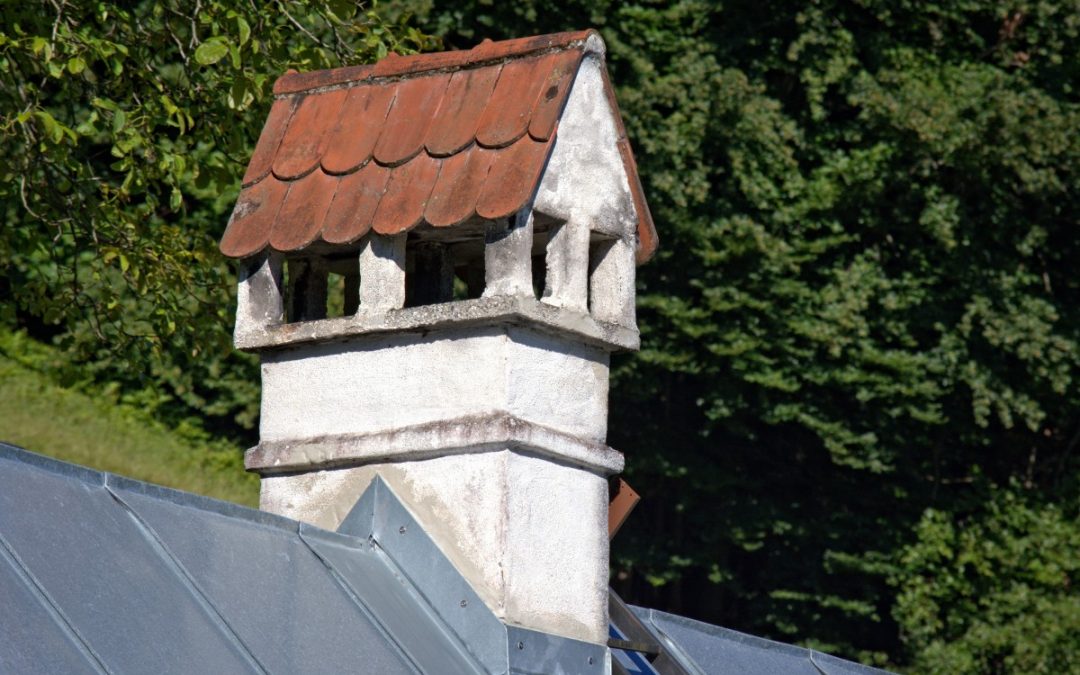Many things reach back further than one may initially think. Respirators, for instance, can trace their lineage back to the first century A.D. Pliny the Elder coming up with the idea to guard roman miners against inhaling load oxide dust by using animal bladders. Chimneys as well trace their lineage to the Romans, as one might expect, for stoves.
Industrial Chimneys – The Smokestack
The model of chimney used by the Romans was industrial. Used for bread baking, Often we don’t worry about this sort in blogs as they are more for factories, manufacturing plants, etc. Often we think chimney’s purpose is to remove the harmful gasses and smoke produced by machines, fire, and other such things we cannot or should not breathe.
This assumption is entirely accurate. However, the thing that makes an industrial chimney industrial is its build and more specific purpose. These chimneys are expected to be constantly working, releasing loads of fumes nearly all the time. Their specialized objective being the reduction of the impact the sub-products produced in whatever activity is happening below them upon the atmosphere, mostly in reference to greenhouse gasses.
They do this in a few ways, all of which are facilitated by the height of the vertical construction. As gasses rise, their temperatures lower, and less can escape the chimney into the free air. Some even do this as in cooling the gasses they are dealing with are more likely to form bonds and become molecules of another sort with less dire consequences on the environment. Another reason they often are high is that such helps disperse the gasses as they fall back down to the earth and in the air, instead of having singularly focused emissions.
As for specifics, each manufacturer has to find that out themselves. Looking at what they produce and building their chimneys precisely for the reactions and effects that best help eliminate the impact of their waste. Some may even ventilate other chemicals into the chimney on purpose to facilitate bonding.
So what about homes?
Chimneys outside of the industry are not the same in build, as they have a few different standards builds, not needing to be modeled explicitly for each home. Homes are not expected to be using the chimney continuously and producing loads and loads of differing gasses. They are expected to be burning wood, coal, or gas for heat or cooking.
It was the twelfth century A.D. when this move first occurred in Conisbrough Castle, found in South Yorkshire, England. It has a wood-burning fireplace beneath it. This likely is not the first-ever home chimney, as bakers likely had chimneys in homes, but this is the first that was likely for recreational use. It dates to the year 1185. The first historical record of a stove had a flue; it was built in 1490, 305 years after in Alsace France; it also used wood fuel. In function it was an oven which had to have its smoke concentrated as things were meant to be cooked atop it using the heat generated within. Then in 1833, the first practical coal oven was constructed by Jordan Mott didn’t have a flue or chimney but did have proper ventilation, not long after the first gas fireplace, which is estimated to have been born in 1895, also lacked a chimney as many do now.
Modern Day
Now chimneys are not that big a deal, but evidence suggests early men dug pits inside caves before burning the wood there, simply inhaling all the gas. Then in straw homes, they let the smoke go up through the roofs or cut holes in the ceiling. Many of said homes likely burn down.
Instead of doing that, it’s relatively common and easy to get a home outfitted with a chimney; many homes have fireplaces or stoves for warming during winter when a heater just isn’t enough. Their form hasn’t changed much over time, only addressing safety hazards like downdrafts, things falling inside, and more.

